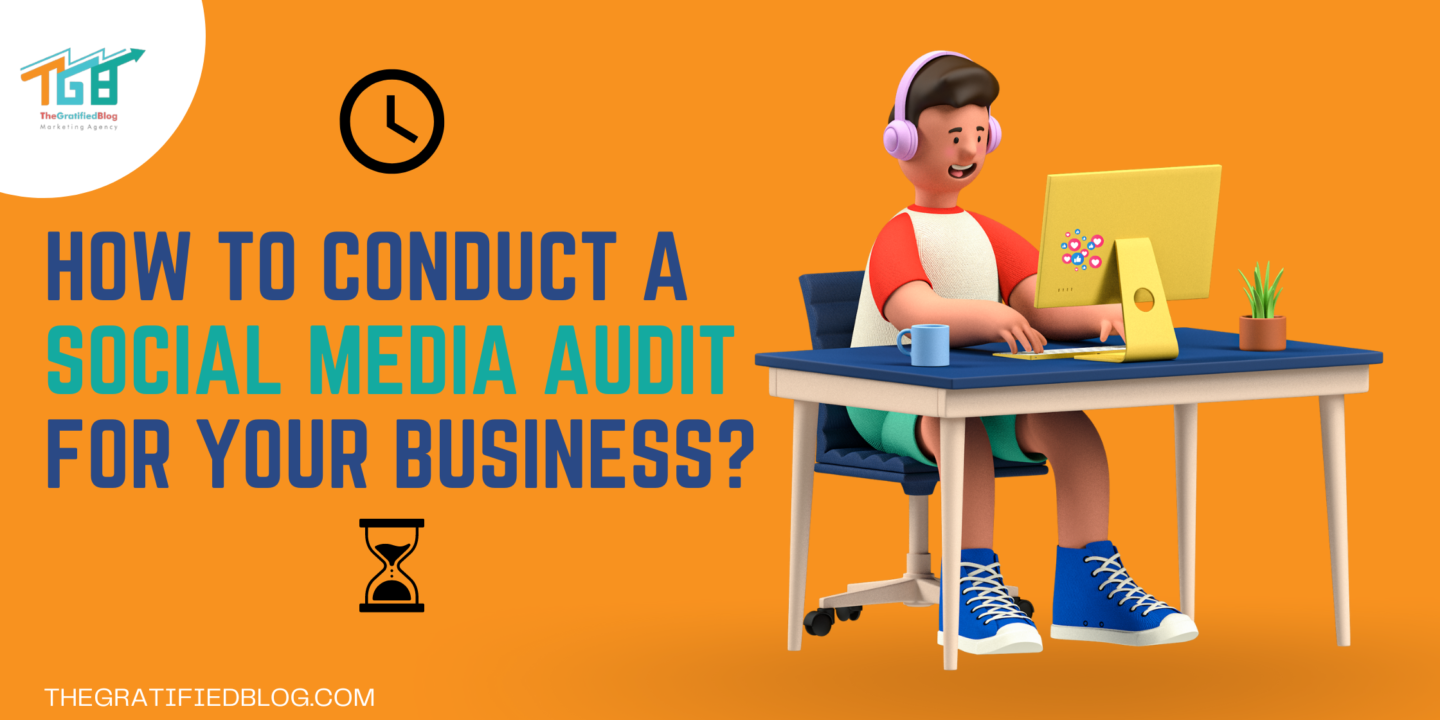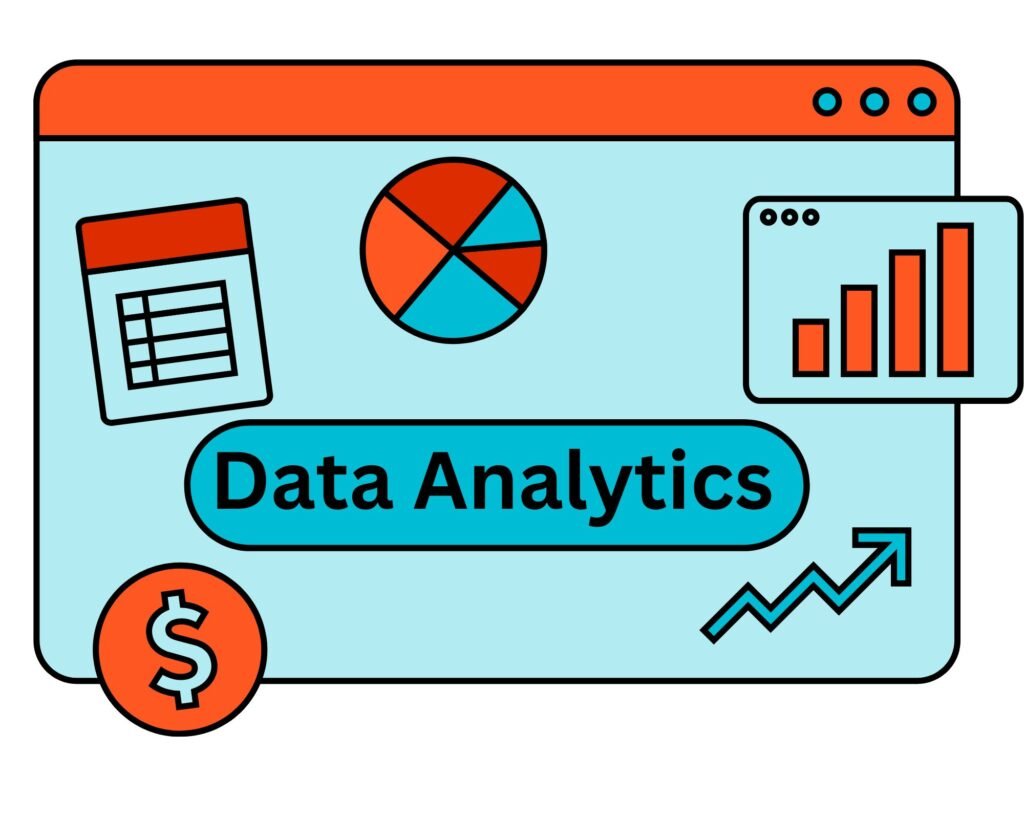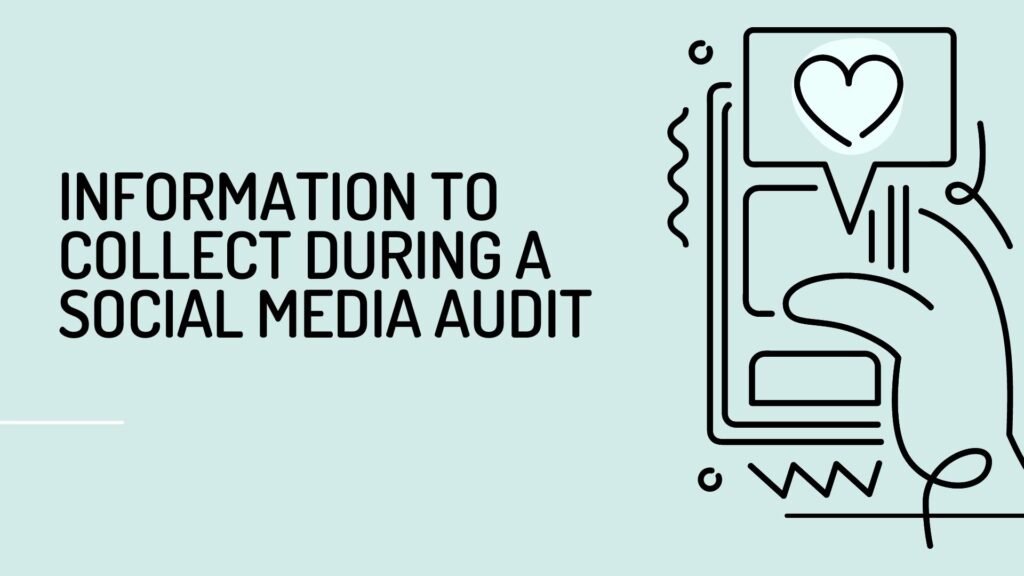
With billions of active users on various social media platforms. Social media has become an essential part of any business’s marketing strategy, allowing them to connect with their customers; however, determining the effectiveness of social media efforts can only be accessible with a social media audit.
In this blog, we will talk about what a social media audit is, outline the steps involved in conducting a social media audit, highlight vital metrics to consider and provide best practices to ensure a successful audit.
By the end of the post, you will clearly understand the value of conducting a social media audit and how to run one.
So, let’s get started.
What Is A Social Media Audit?
A social media audit is a thorough evaluation of a brand’s social media presence on all platforms, intending to assess the success of its social media strategy and determine areas where it can be improved.
A social media audit aims to gain insights into how a brand performs on social media and identify opportunities for enhancing its performance through actionable strategies.
How To Conduct A Social Media Audit
Here are six steps to conducting a social media audit:
Define Goals And Objectives

Establishing clear goals and objectives is the first step in conducting a social media audit. This step involves identifying what the brand hopes to achieve through social media marketing and what key performance indicators (KPIs) will be used to measure success.
Some common social media goals include increasing brand awareness, driving traffic to the website, and boosting engagement rates.
Identify Social Media Accounts

The next step is to identify all social media accounts associated with the brand. That includes both official and unofficial accounts.
Reviewing all accounts to ensure the brand’s message is consistent across all channels is essential.
Collect Data And Metrics

This step collects data from each social media account, including engagement rates, follower growth rates, content performance, audience demographics, and referral traffic.
This data can be gathered using social media analytics tools such as Google Analytics, Hootsuite, or Sprout Social.
Analyze The Data

Once the data has been collected, it is analyzed to identify areas of strength and weakness in the brand’s social media strategy. This analysis provides insights into what is working well and what needs improvement.
Identify Areas Of Improvement
Based on the data analysis, areas of improvement are identified, and recommendations are made on optimizing the brand’s social media presence. These recommendations may include changes to the social media strategy, content creation, or engagement tactics.
Develop An Action Plan
The final step is to develop an action plan that outlines the steps needed to implement the recommendations and improve the brand’s social media performance. The action plan should include specific, measurable, achievable, relevant, and time-bound (SMART) goals.
Metrics To Consider In A Social Media Audit

In a social media audit, several key metrics should be considered to evaluate the effectiveness of a brand’s social media strategy. These metrics include
- Engagement Rates
Engagement rates measure the level of interaction between a brand and its followers on social media. This metric includes likes, comments, shares, and other forms of engagement.
High engagement rates indicate that a brand’s content resonates with its audience and is relevant and valuable to them.
Low engagement rates indicate that a brand’s content needs to resonate with its audience or effectively engage with its followers.
- Follower Growth Rates
Follower growth rates measure the rate at which a brand’s social media following increases or decreases.
A high follower growth rate indicates that a brand effectively grows its audience and reach.
A low follower growth rate may indicate that a brand’s content or engagement strategy needs improvement.
- Content Performance
Content performance metrics include the number of impressions, clicks, and shares a brand receives. This metric can help brands identify what types of content resonate with their audience and which could perform better. It can also help brands understand which social media platforms are most effective for their content.
- Audience demographics
Metrics provide insight into the characteristics of a brand’s social media followers, such as age, gender, location, and interests.
Understanding audience demographics can help brands create more targeted and relevant content and improve their social media targeting strategies.
- Referral Traffic
Referral traffic metrics measure the amount of website traffic from social media. This metric can help brands understand the impact of their social media marketing efforts on website traffic and sales.
It can also help brands identify which social media platforms drive the most traffic to their website.
- Competitor analysis
Metrics provide insight into how a brand’s social media performance compares to its competitors.
This analysis can help brands identify areas where they can improve their social media strategy to better compete with other brands in their industry.
What Information Should You Collect During A Social Media Audit?

Collecting relevant information that provides a comprehensive overview of your social media presence and performance during a social media audit is essential. Here are some critical pieces of information you should consider ordering:
- Social media profiles: Compile a list of all the social media platforms where your brand has an official presence. Include the URLs or handles of each profile.
- Profile details: Document the critical details of each social media profile, such as profile name, bio/description, profile picture, cover photo, and any relevant contact information (website, email, phone number, etc.).
- Follower count: Note the number of followers or fans on each social media platform. That helps you understand the reach and potential audience size of your profiles.
- Engagement metrics: Gather engagement data for each social media profile, including metrics such as likes, comments, shares, retweets, mentions, and clicks. This information gives you insights into the level of audience interaction and the performance of your content.
- Content analysis: Evaluate the type and quality of content posted on each social media platform. Collect information on the posting frequency, content themes, formats (images, videos, links), and the overall engagement received by different types of content.
- Audience demographics: Analyze the demographics of your social media audience, including age, gender, location, and other relevant characteristics. This data helps you understand your target audience and tailor your content accordingly.
- Platform-specific insights: For each social media platform, gather platform-specific insights, such as algorithm updates, changes in features or policies, and best practices. This information helps you stay informed about platform-specific strategies and opportunities.
Social Media Audit Tools

When conducting a social media audit, various tools are available to assist you in gathering and analyzing data.
Some popular social media audit tools can be used:
Hootsuite Insights

Hootsuite is a social media management platform that allows individuals and businesses to manage multiple social media accounts and track their performance in one place.
- Social media Scheduling
- Social meida listening
- Collaboration
- Content curation, etc.
Google Analytics
Google Analytics provides a range of features to help you understand how your social media efforts impact your website’s performance.
Here are some ways that you can use Google Analytics to track and analyze social media activity:
- Track social media referrals
- Monitor engagement
- Measure conversions
- Analyze audience demographics.
Sprout Social

It is a social media management platform that allows businesses to manage and analyze their social media presence.
Some key features of Sprout Social include
- Social media scheduling,
- Social media monitoring,
- Social media analytics,
- Collaborative tools,
- Customer relationship management, etc.
Mention
This tool allows you to monitor brand mentions and track social media sentiment, giving valuable insights into how your brand is perceived online. While Mention is primarily known for its real-time brand monitoring capabilities, it offers several features that can assist in conducting a social media audit. Here are some key features of Mention:
- Brand monitoring
- Social media analytics
- Competitor analysis
- Sentiment analysis
- Influencer identification
- Customizable alerts
BuzzSumo

BuzzSumo is a powerful content marketing tool that allows users to analyze and track social media engagement for any topic or keyword.
Some of the critical features of BuzzSumo include:
- Content analysis
- Influencer identification,
- Content alerts,
- Social media scheduling, etc.
Brandwatch
Brandwatch is a social media monitoring and analytics tool that helps businesses and organizations monitor and analyze online conversations about their brand, products, competitors, and industry.
Some of its key features:
- Social Listening,
- Sentiment Analysis
- Crisis Management
- Competitor Analysis
Why Is Social Media Audit Important?

A social media audit is essential for businesses and individuals using social media platforms as part of their marketing and communication strategies. Here are some reasons why a social media audit is necessary:
- Performance evaluation
A social media audit allows you to assess the effectiveness of your social media efforts. It helps you understand how well your social media profiles perform, what content resonates with your audience, and which strategies drive results.
By evaluating key metrics such as engagement rates, reach, follower growth, and website traffic generated from social media, you can identify areas of success and areas that need improvement.
- Audience Insights
Conducting a social media audit provides valuable insights into your audience. You can better understand who your followers are, their demographics, interests, and preferences. This information helps you tailor your content and messaging to better connect with your target audience, improving engagement and conversions.
- Competitive Analysis
A social media audit allows you to analyze your competitors’ social media presence. You can identify gaps and opportunities by benchmarking your performance against industry peers or competitors. This analysis helps you learn from their successful strategies, discover untapped markets, and stay ahead of the competition.
Through a social media audit, you can review your existing content and identify areas for improvement. You can assess your posts’ quality, relevance, and consistency and the effectiveness of your visuals, hashtags, and captions. This evaluation helps you optimize your content strategy, ensuring it aligns with your brand, engages your audience, and supports your business objectives.
- Platform Assessment
Social media platforms are constantly evolving, introducing new features and updates. A social media audit allows you to evaluate your presence on different platforms and determine if you utilize the latest features effectively. You can assess whether your chosen platforms are still relevant to your target audience and identify any new platforms worth exploring.
- Risk mitigation
Audits can help identify potential risks and issues that may harm your brand’s reputation. By reviewing your past posts, comments, and interactions, you can ensure that your social media presence aligns with your brand values, messaging, and industry regulations. Identifying and proactively addressing compliance or reputational risks helps safeguard your brand’s integrity.
FAQs
Q1. What Is The Difference Between A Social Media Audit And A Social Media Analysis?
A social media audit comprehensively evaluates a brand’s social media presence.
In contrast, a social media analysis focuses on a specific aspect of a brand’s social media activity, such as content performance or audience engagement.
Q2. How Often Should I Conduct A Social Media Audit For My Business?
They conduct a social media audit at least once a year or whenever significant changes to the business or social media landscape are recommended.
Q3. How Much Does A Social Media Audit Cost?
The cost of a social media audit can vary depending on several factors, including the scope of the audit, the complexity of the social media accounts being assessed, and the expertise of the professionals conducting the audit. Social media audit services typically range from a few hundred to several thousand dollars.
Conclusion
As we have said, you will understand the value of conducting a social media audit. Then why not try with your brand and understand your own social media presence?
If you still face any difficulty, please leave your questions in the comment section. We will be happy to answer you.
Thanks for reading 🙂
Also, Read – Facebook Audit: A Guide To Create A New Facebook Strategy
– 10 SEO Audit Tools To Help You Optimize Your Website In 2023
– A Complete Guide To Know: How To Get Verified On Facebook?








No Comments